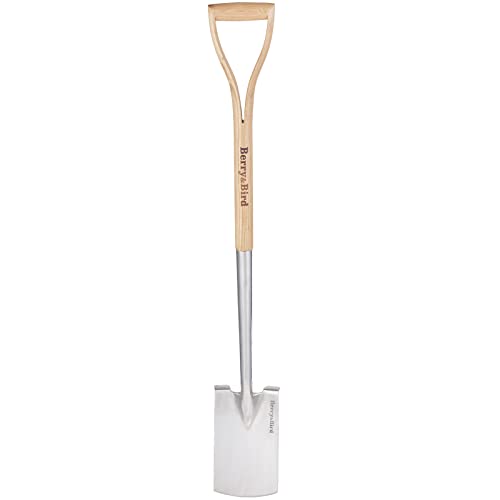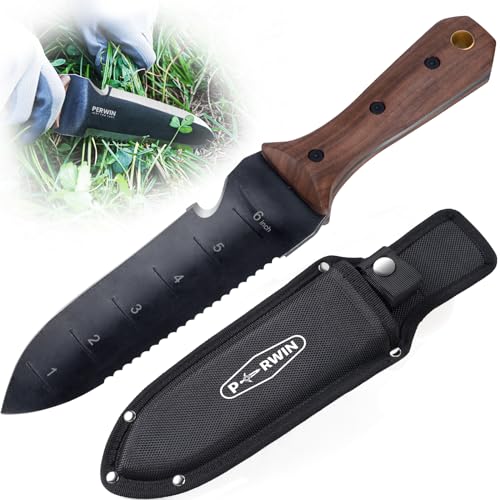How to divide daylilies – expert propagation advice for these vigorous, colorful blooms
Plant division is a fun and free way to fill your borders with flowers
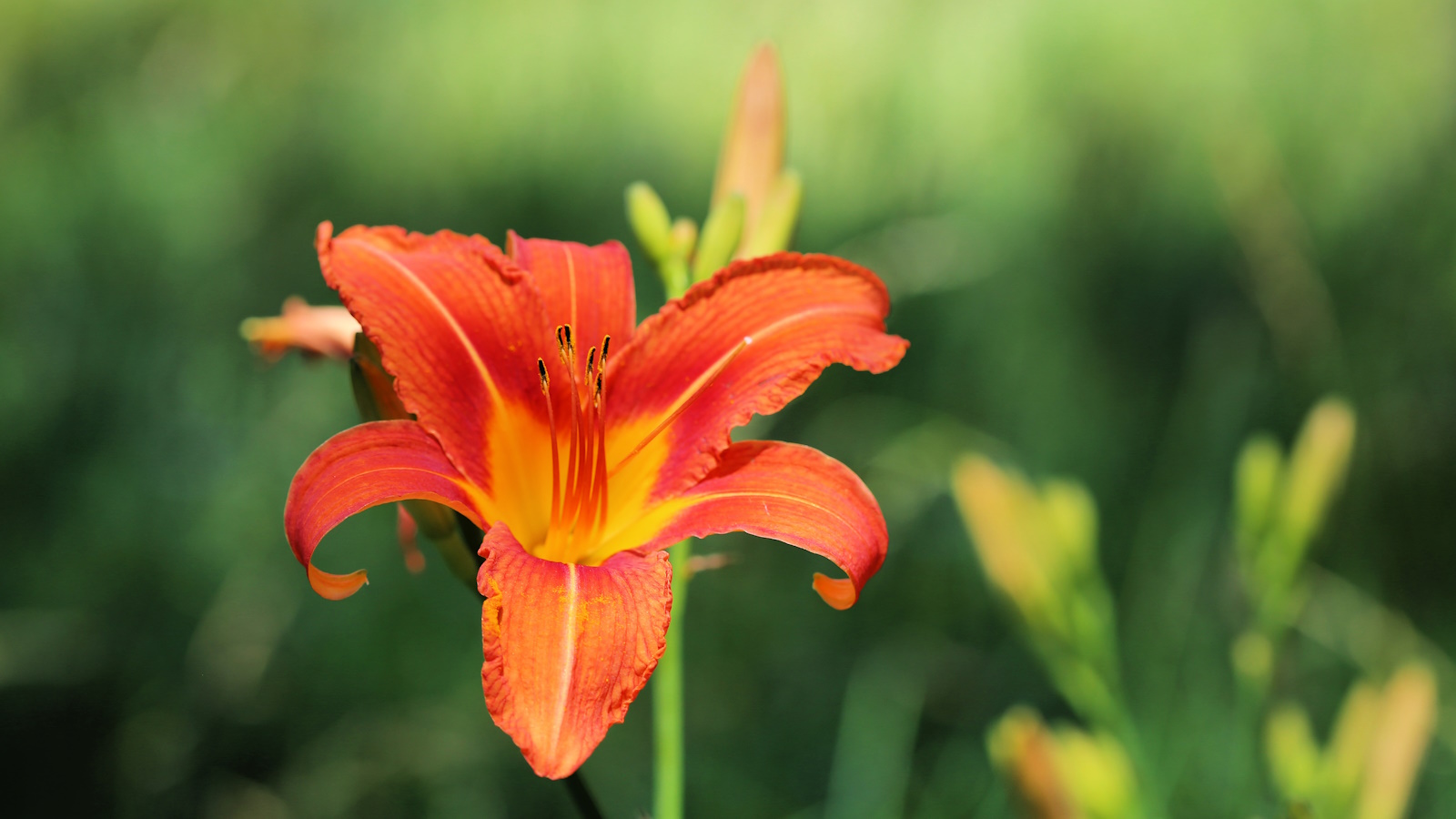

Daylilies are some of the toughest plants that you can grow. Exhibiting remarkable drought tolerance and flood resilience, daylilies are often considered invincible perennials, thriving wherever they are planted.
If you are already growing daylilies and enjoy having these vibrant blooms in your borders, why not consider growing your collection via plant division? Propagating daylilies in this way is a simple and easy way to grow more plants that are already well-suited to your yard.
As with any garden maintenance, there are a few key rules to follow when dividing plants. Here, one garden expert reveals the best approach when dividing daylilies to ensure that your original clump remains in good health and your new plants succeed.
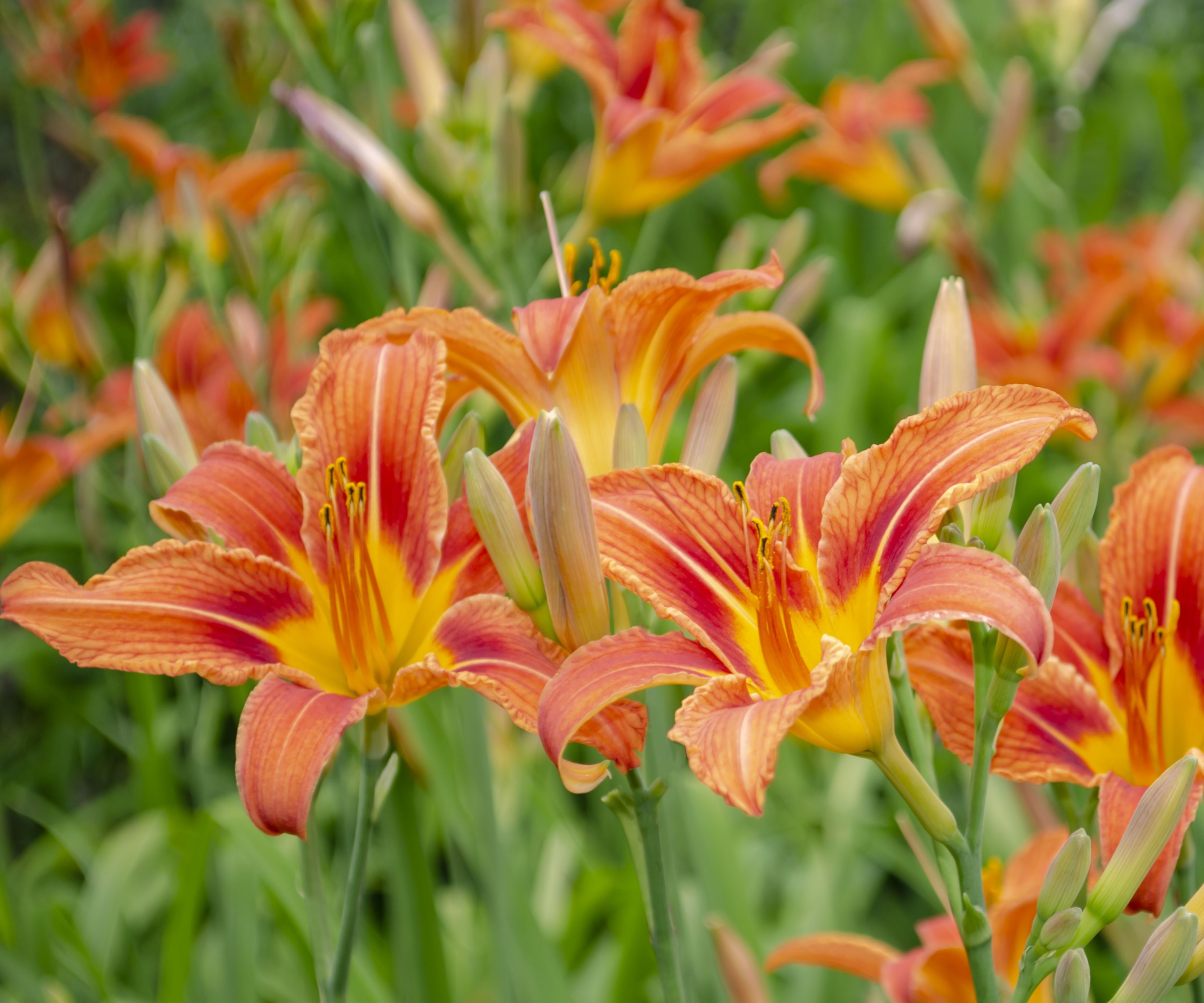
How to divide daylilies
Daylilies are often considered ditch plants, as they can grow in various terrains and conditions. While you might be confident growing daylilies, there are certain rules to follow when learning how to divide them, such as knowing the right time of year to propagate. Our guide has all the information you need.
When to divide daylilies
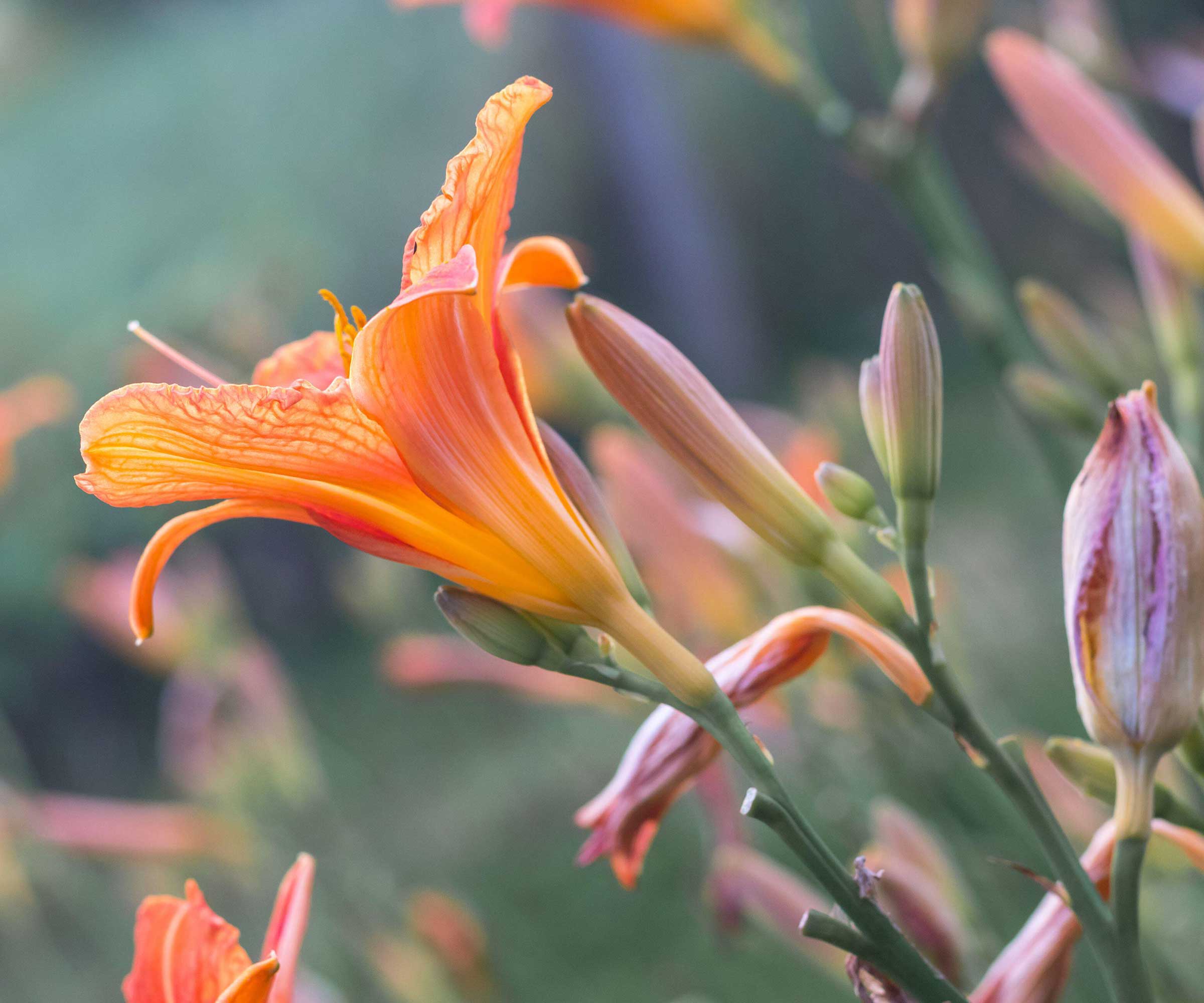
'Daylilies should be divided every three to five years to maintain optimum health and prolific blooms,' says plant expert, Katie Sunderlage. 'The best time to divide is during the fall, once blooms have ended for the season, or during early springtime before flower buds have set.'
While the approximate timeframes to divide plants will depend on where you live and your US hardiness zone, I find that doing so during October or November will often have the best results, so this is a job to add to your fall gardening checklist.
'When dividing in the fall, just make sure to allow plenty of time before the temperature drops,' Katie warns. 'I recommend dividing four to six weeks before the first expected frost, to make sure they have time to become established before winter.'

Operations Manager at Holland Group, managing the customer service department and purchasing. Katie has been in the green industry since 2005 in the Greater Milwaukee area, earning her degree in Horticulture in 2008. She has been able to share her love for plants working in multiple garden centers, in sales positions and most recently in an online retail platform at Holland Group.
Shop propagation tools
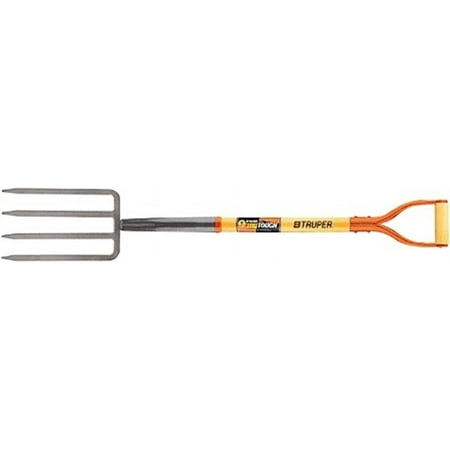
This Truper fork is sure to make light work of your tough gardening tasks. Whether you are weeding, planting or dividing, strong tools will help to make the job easier.
How to divide daylilies
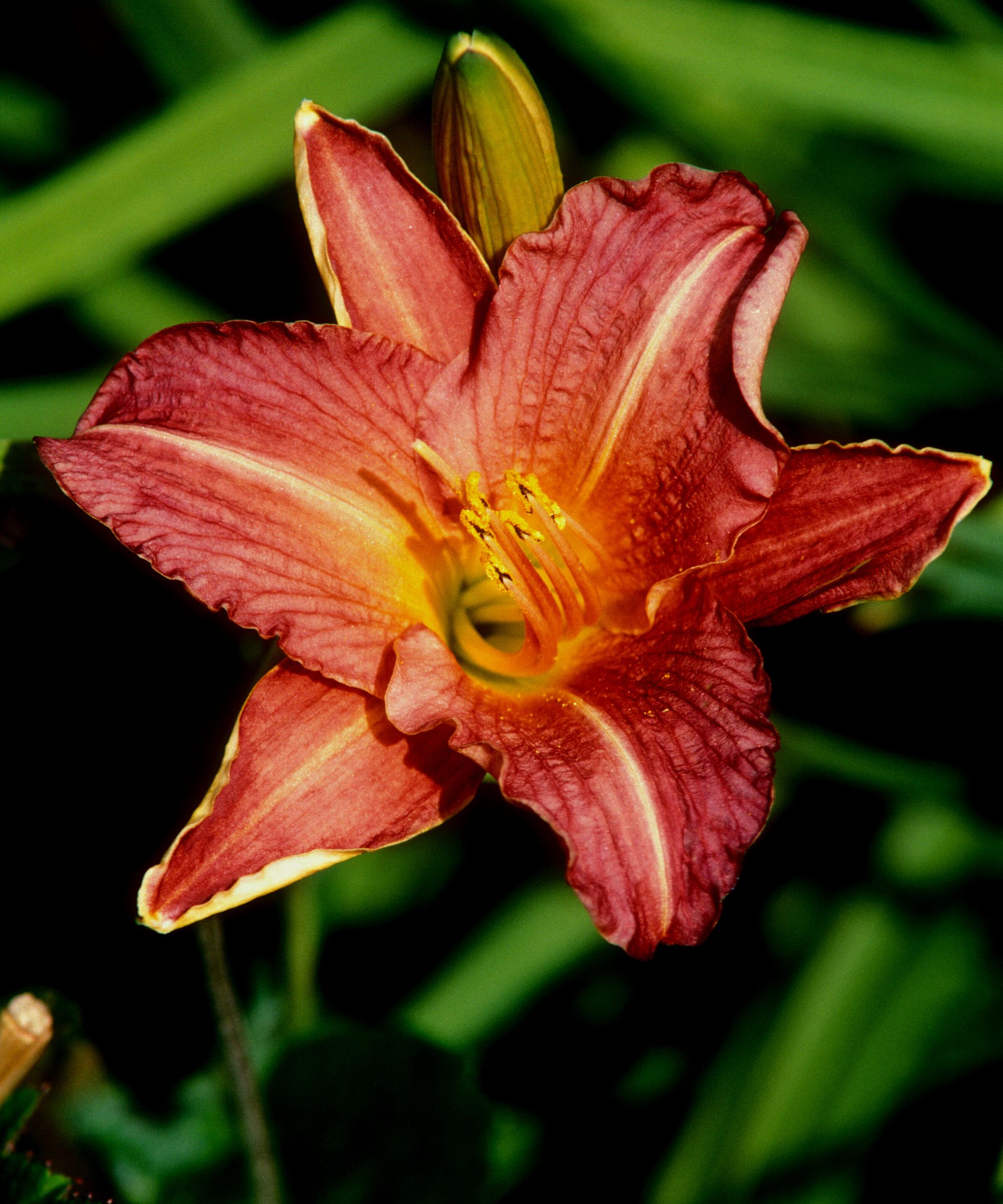
It is best to use a heavy-duty fork or spade for this job, as small trowels or hand tools will make the task significantly harder. In addition, it is always advisable to use clean, sharp garden tools when dividing plants, to prevent the spread of disease.
'Using your tools, focus on one small, dense clump that appears healthy and has plenty of growth. Work in a circular motion around the clump to lift it,' Katie says. 'Work slowly, taking care to dig up as much of the root system as possible to give your new clump the best chance of success.'
'Once the root structure is lifted, shake the clump to remove any extra soil from the roots. Next, identify where to divide. You want to make sure that each division has three well-established stems, or fans, intact. Once you have decided where to cut, use a garden knife or very sharp spade to divide the clump.' It can be a good idea to invest in a pruning saw, available from Amazon, which will easily slice through congested daylily clumps.
'Once separated, you can then cut back the daylily foliage, pruning the stems down to about six inches from the roots,' Katie adds. Store your plants in a bucket of water until you are ready to plant them.
Finally, a note of caution - daylilies are vigorous perennials, and can be considered invasive plants. For this reason, plant any divided daylily clumps only where you are happy for them to grow and spread.
Aftercare for divided daylilies
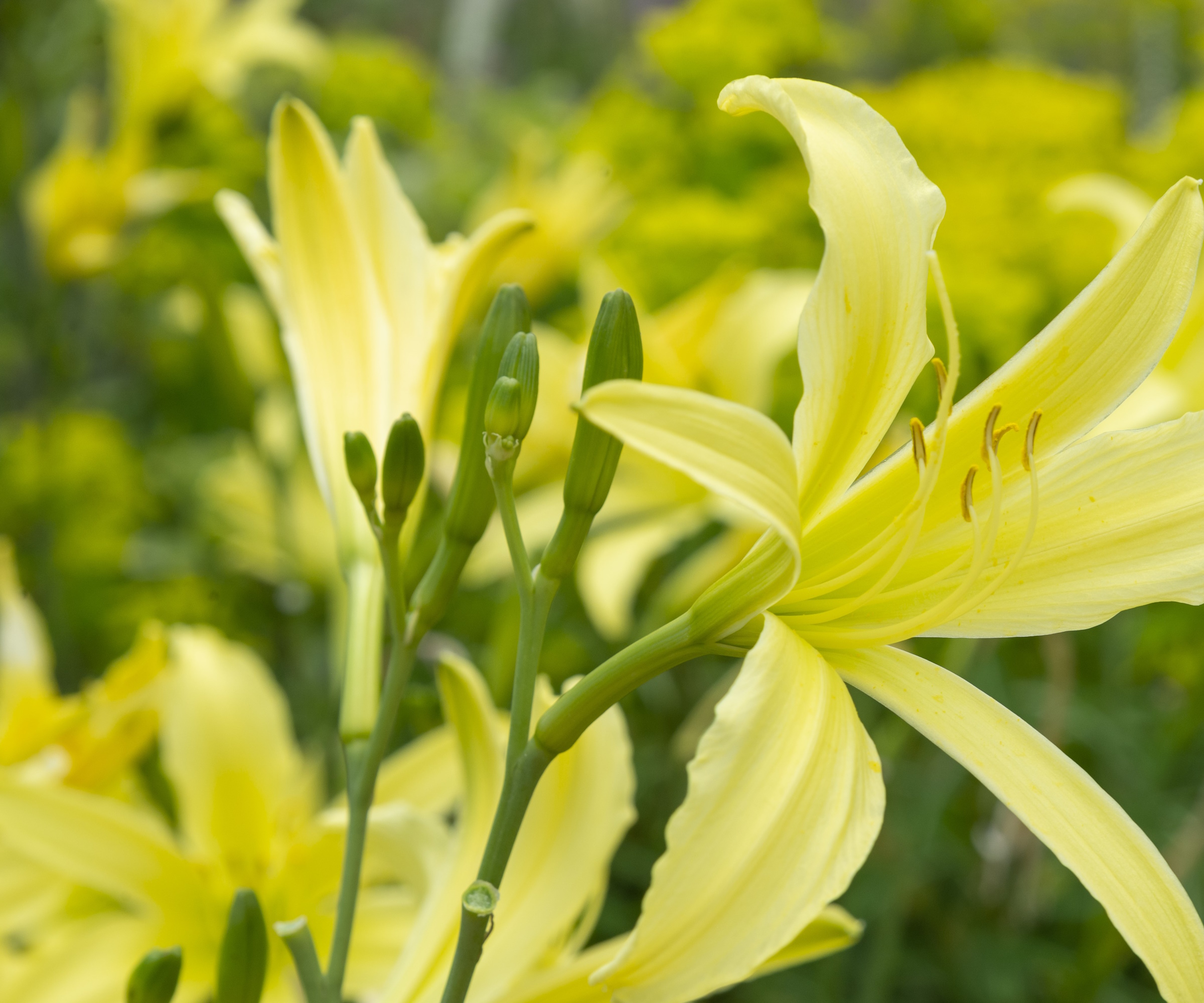
'Daylilies do best planted in the ground,' Katie says. 'While you can plant them in pots, I suggest growing them in borders if you want them to spread.'
'It is important once they are divided to plant as quickly as possible. Be sure to plant the crown one to two inches deep, in a sunny border with well-draining soil. Be sure to give your plants space to grow, placing each division at least two feet apart.
'Be sure to water the transplants well in the first few weeks after dividing,' Katie continues. 'It will not be necessary to fertilize them until the following spring, using an all-purpose granular fertilizer once the foliage starts to emerge.'
FAQs
Will the divided daylily clumps flower next year?
'Daylilies likely won’t bloom the first year after division,' Katie says. 'It can take two years for the divisions to become established enough to bloom again, but it is certainly worth the wait.'
If you forget to divide daylilies and it is too close to winter, I advise holding off and propagating in April or May, just as new shoots emerge. Any divisions that have not had time to establish before the cold weather will fail, so waiting for the warmer months is recommended.
For more propagation inspiration, see our guide to herbs to divide in October, increasing your collection of fragrant and aromatic herbs that will fill your yard in the years to come.
Sign up to the Homes & Gardens newsletter
Design expertise in your inbox – from inspiring decorating ideas and beautiful celebrity homes to practical gardening advice and shopping round-ups.

Thomas is a Content Editor within the Gardens Team at Homes and Gardens. He has worked as a professional gardener for both public spaces and private estates, specializing in productive gardening, growing food and flowers. Trained in Horticulture at the Garden Museum, he has written on gardening and garden history for various publications, including The English Garden, Gardens Illustrated, Hortus, The London Gardener and Bloom. He has co-authored a Lonely Planet travel book, The Tree Atlas, due out in 2024.
-
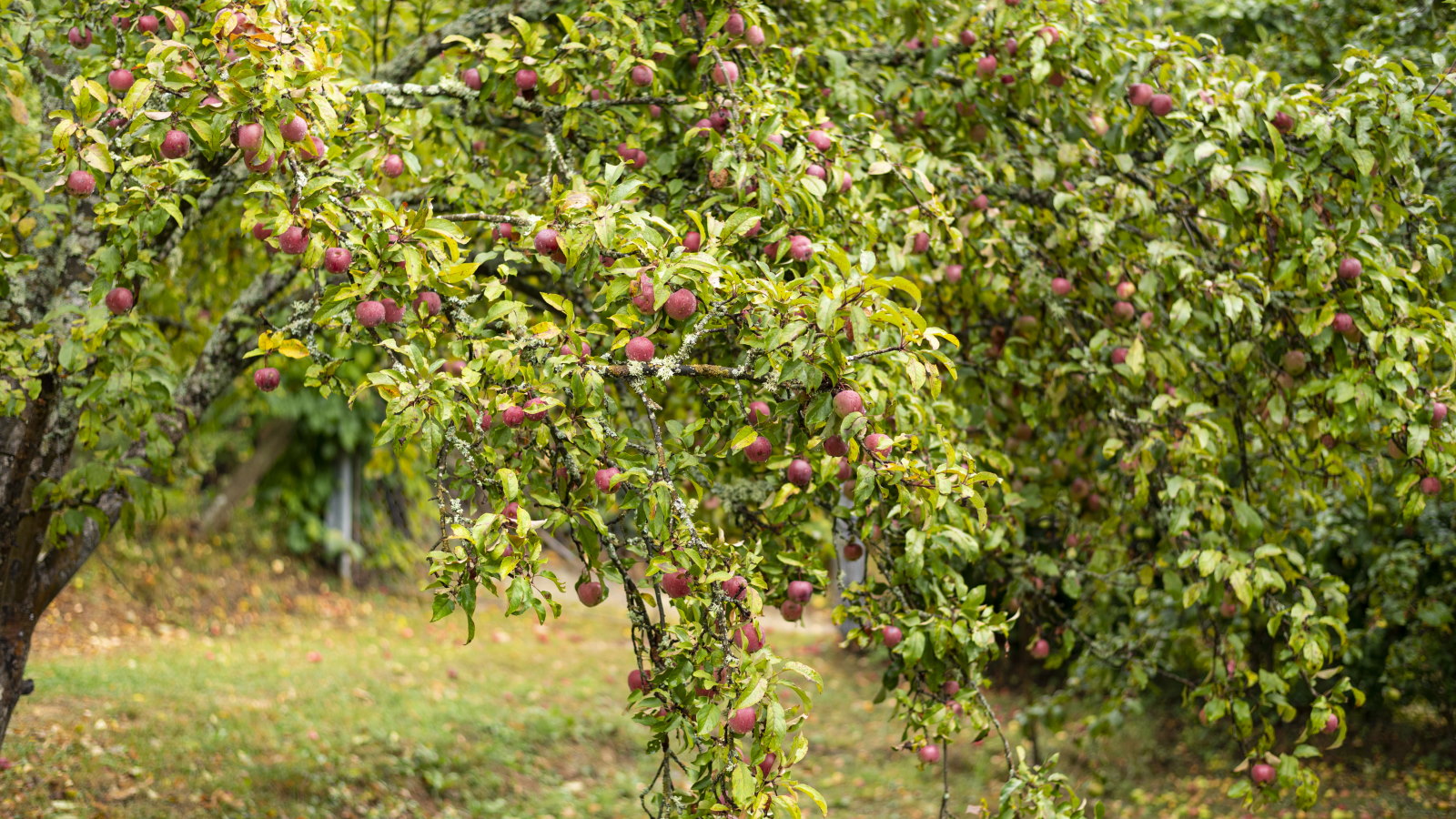 Plants never to grow next to fruit trees
Plants never to grow next to fruit treesExpert advice on which plants to keep away from fruit trees to encourage a healthy harvest
By Jacky Parker Published
-
 Martha Stewart's tips for arranging daffodils are unbelievably simple and effective – it's the only flower advice you need this springtime
Martha Stewart's tips for arranging daffodils are unbelievably simple and effective – it's the only flower advice you need this springtimeMartha shows us that we can create gorgeous bouquets of this seasonal flower by simply trimming the stems and placing them in specific vases
By Hannah Ziegler Published
-
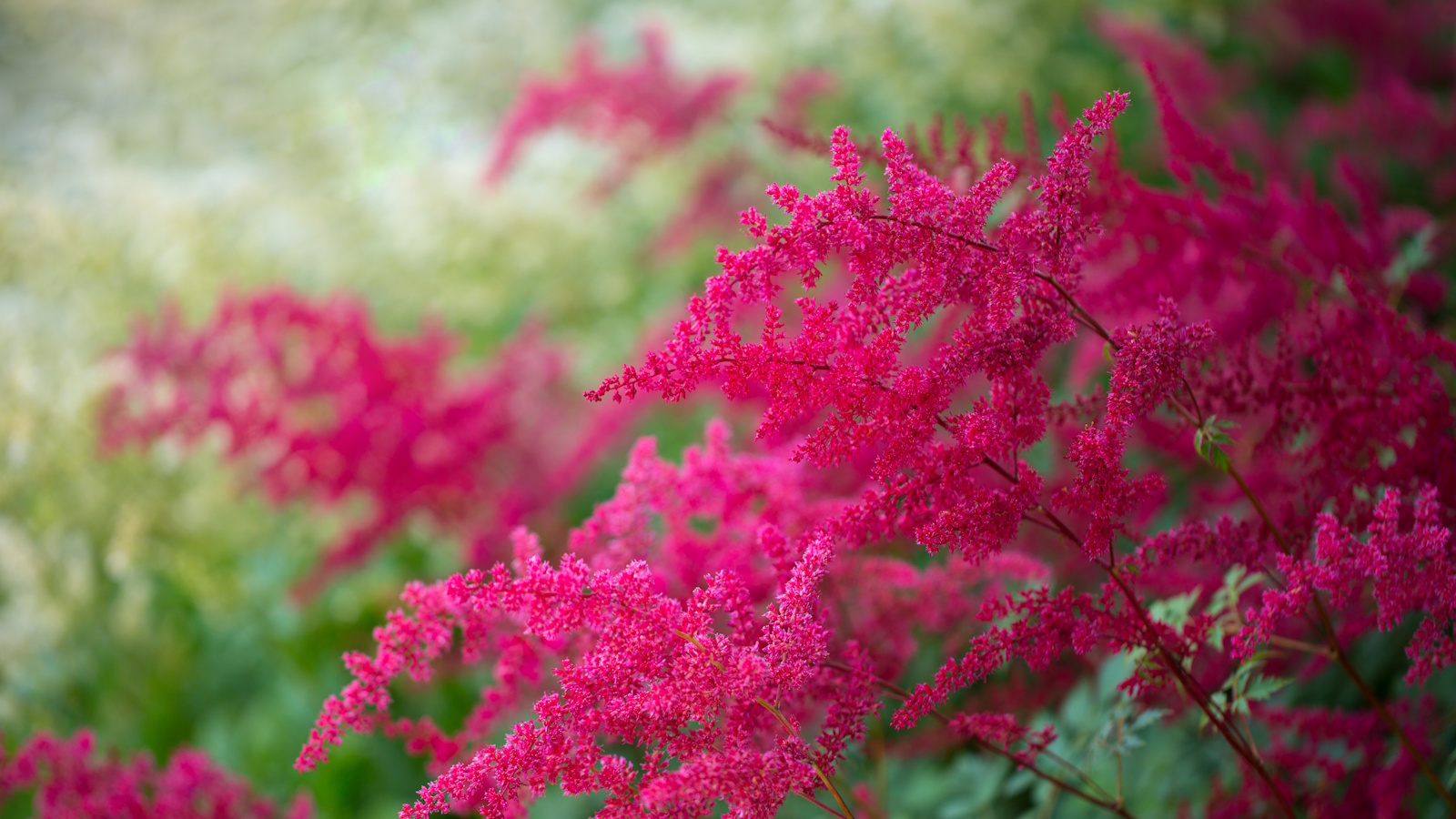 How to grow astilbe – expert advice on cultivating this shade-tolerant flowering perennial
How to grow astilbe – expert advice on cultivating this shade-tolerant flowering perennialShade-tolerant and pest-resistant - astilbe are hardy and tough perennials that can thrive in many settings
By Ellen Wells Published
-
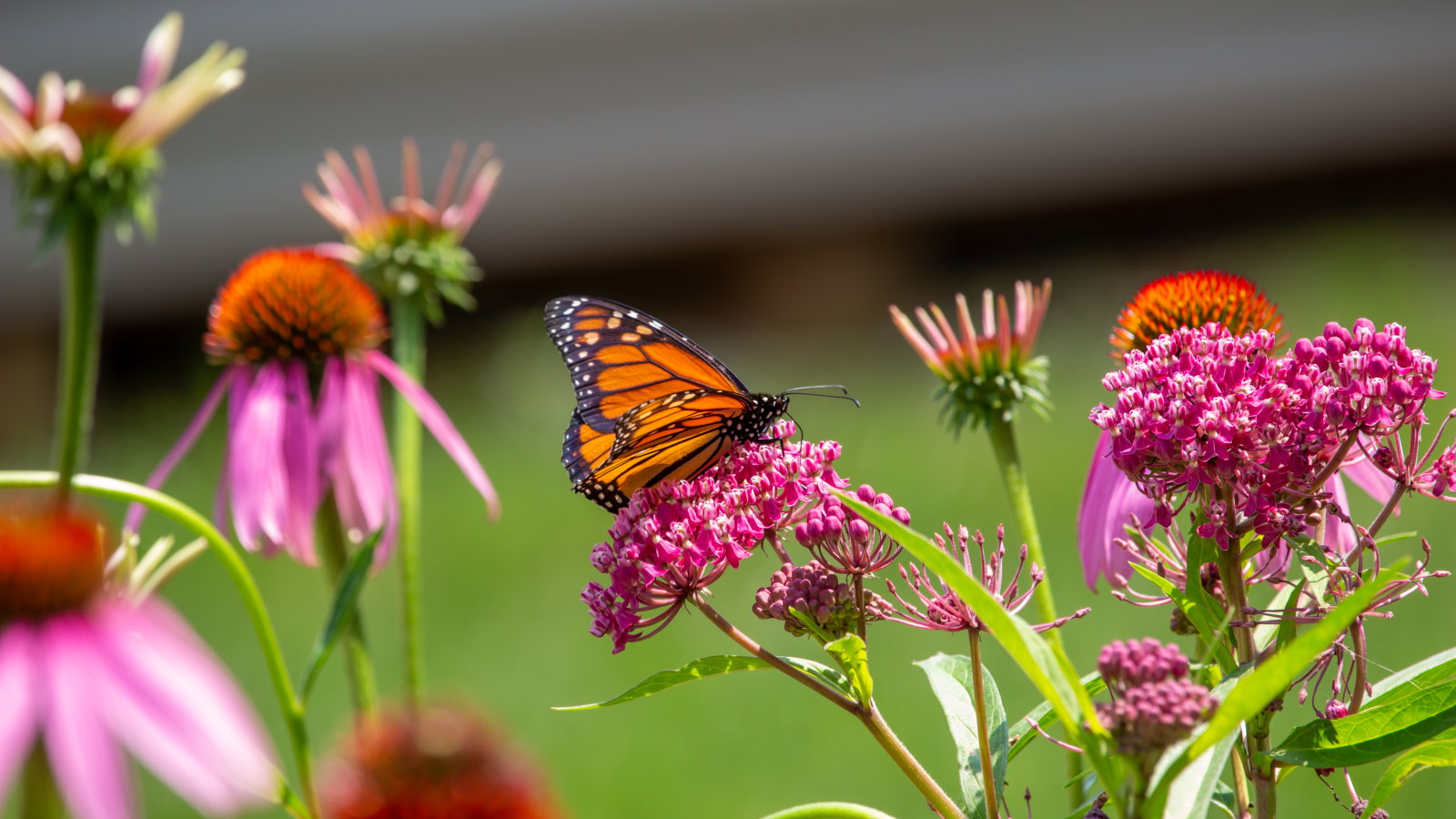 7 native perennials to plant in April – for glorious flowering displays to attract bees, butterflies, and hummingbirds
7 native perennials to plant in April – for glorious flowering displays to attract bees, butterflies, and hummingbirdsDiscover some of the best perennials to plant in April to make your garden a hotspot for wildlife
By Drew Swainston Published
-
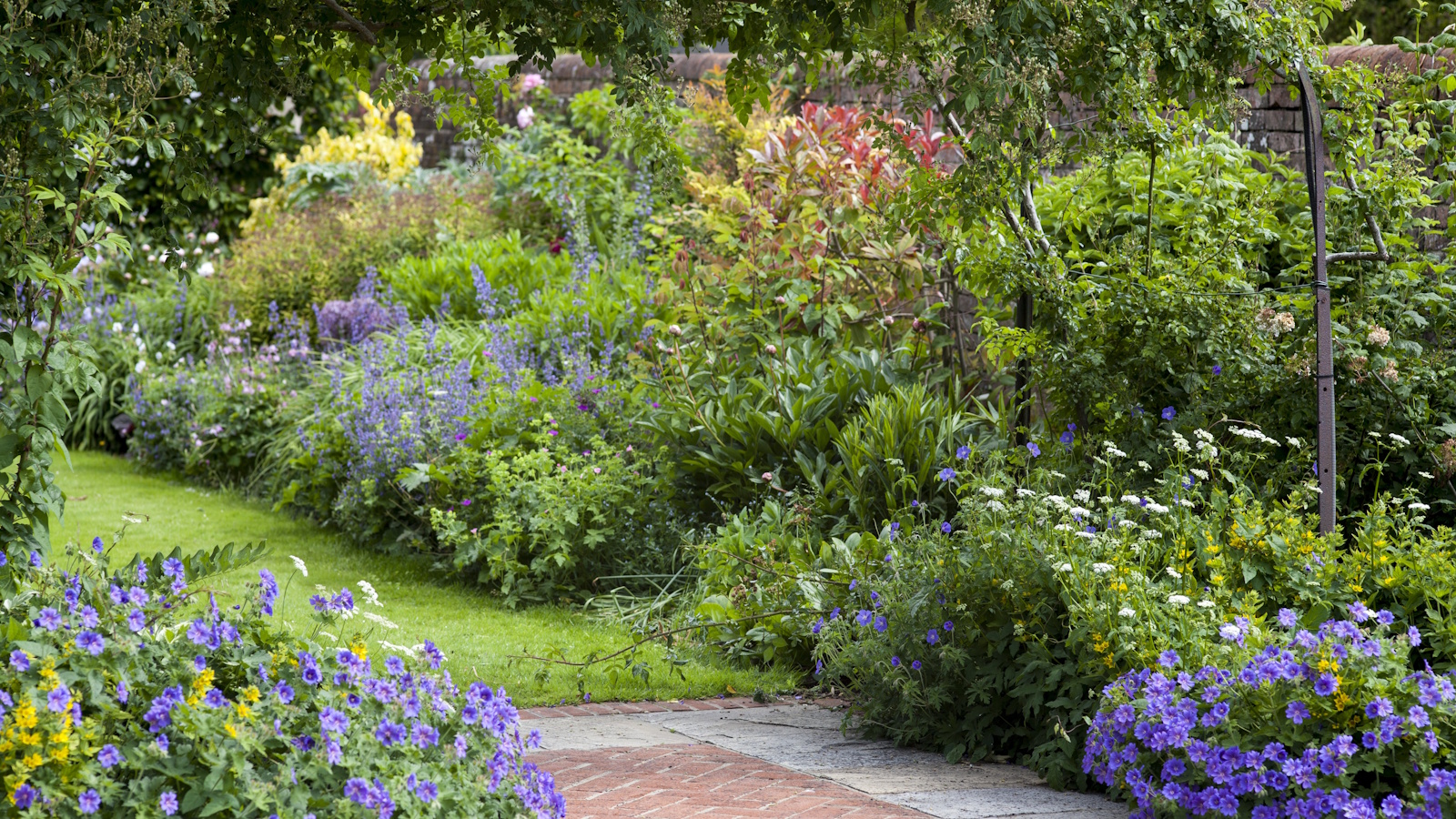 Is the viral salt hack the secret to a weed-free patio? A garden expert warns of irreparable, long-term damage – plus reveals the safest way to get results
Is the viral salt hack the secret to a weed-free patio? A garden expert warns of irreparable, long-term damage – plus reveals the safest way to get resultsYou might have seen gardeners on TikTok or Instagram using salt to kill weeds in pavers, but this hack should be avoided at all costs
By Thomas Rutter Published
-
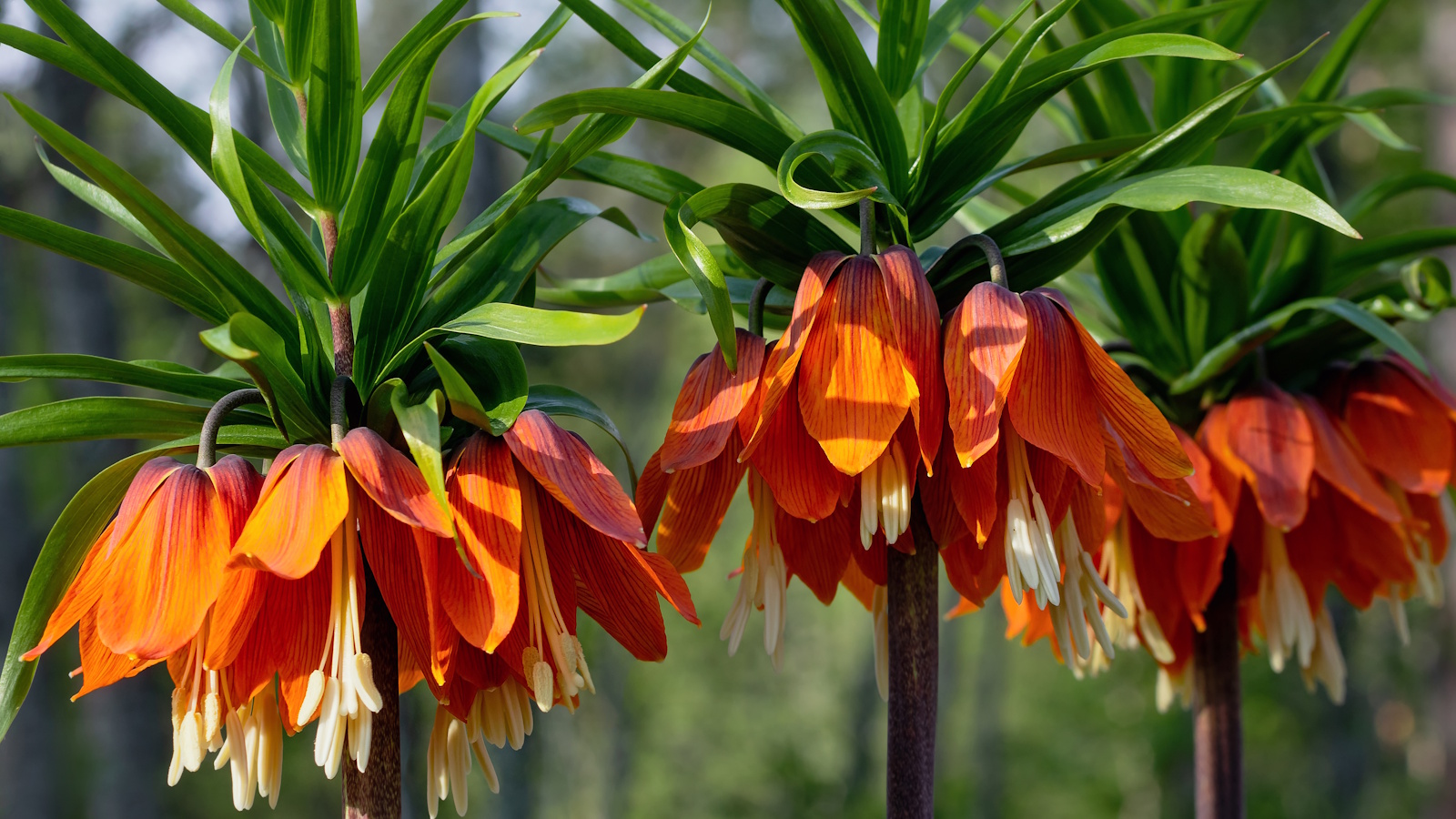 Worst-smelling plants to avoid – experts reveal 5 pungent species and suggest perfumed options to grow instead
Worst-smelling plants to avoid – experts reveal 5 pungent species and suggest perfumed options to grow insteadThese are some of the worst-smelling plants that can cause quite a stink
By Thomas Rutter Published
-
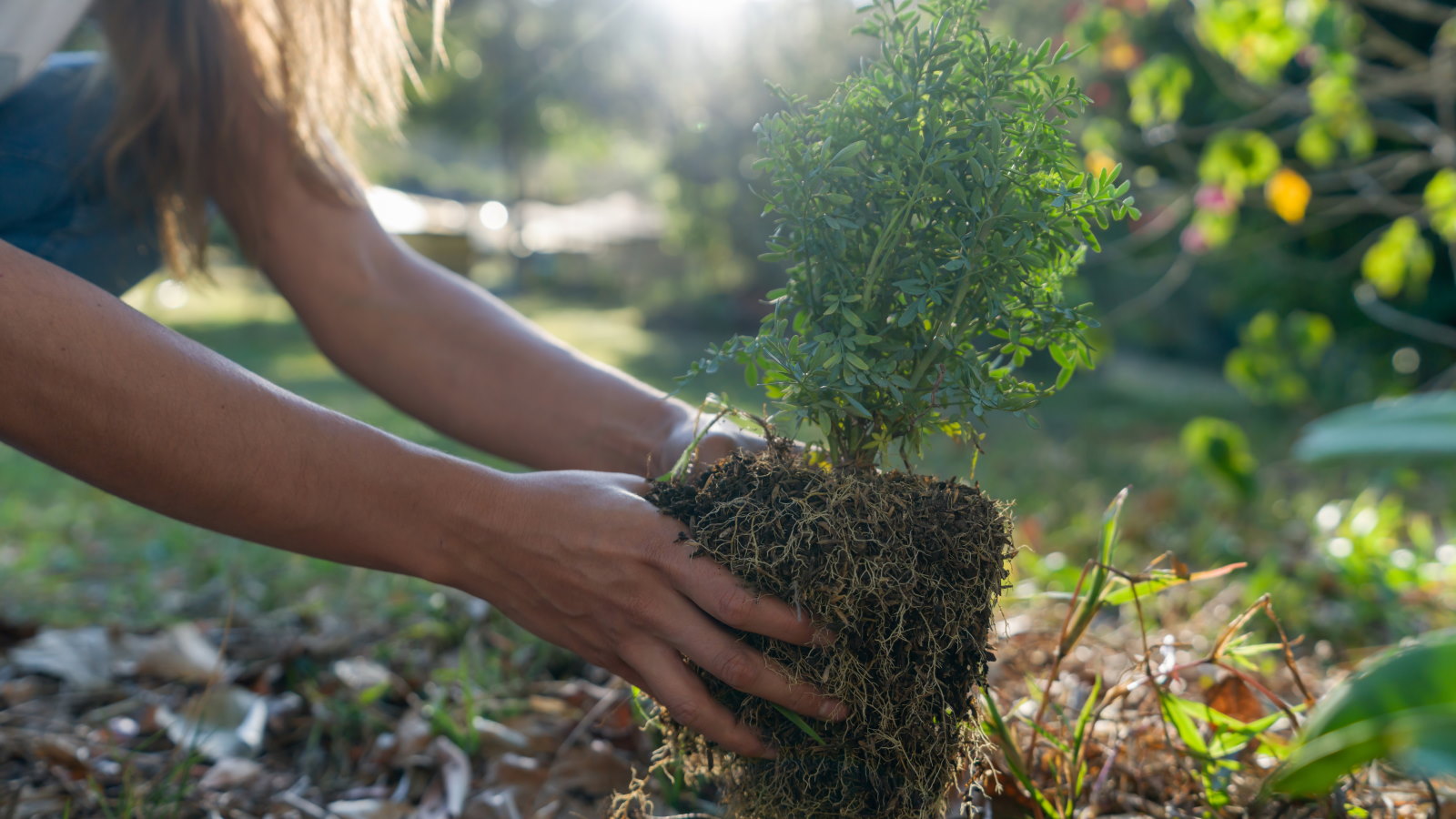 7 shrubs to plant in April to transform beds and borders – including native plants and bushes suitable for dry or wet spots
7 shrubs to plant in April to transform beds and borders – including native plants and bushes suitable for dry or wet spotsThese shrubs can bring flowers, texture, and fragrance, as well as attracting beneficial insects and birds
By Drew Swainston Published
-
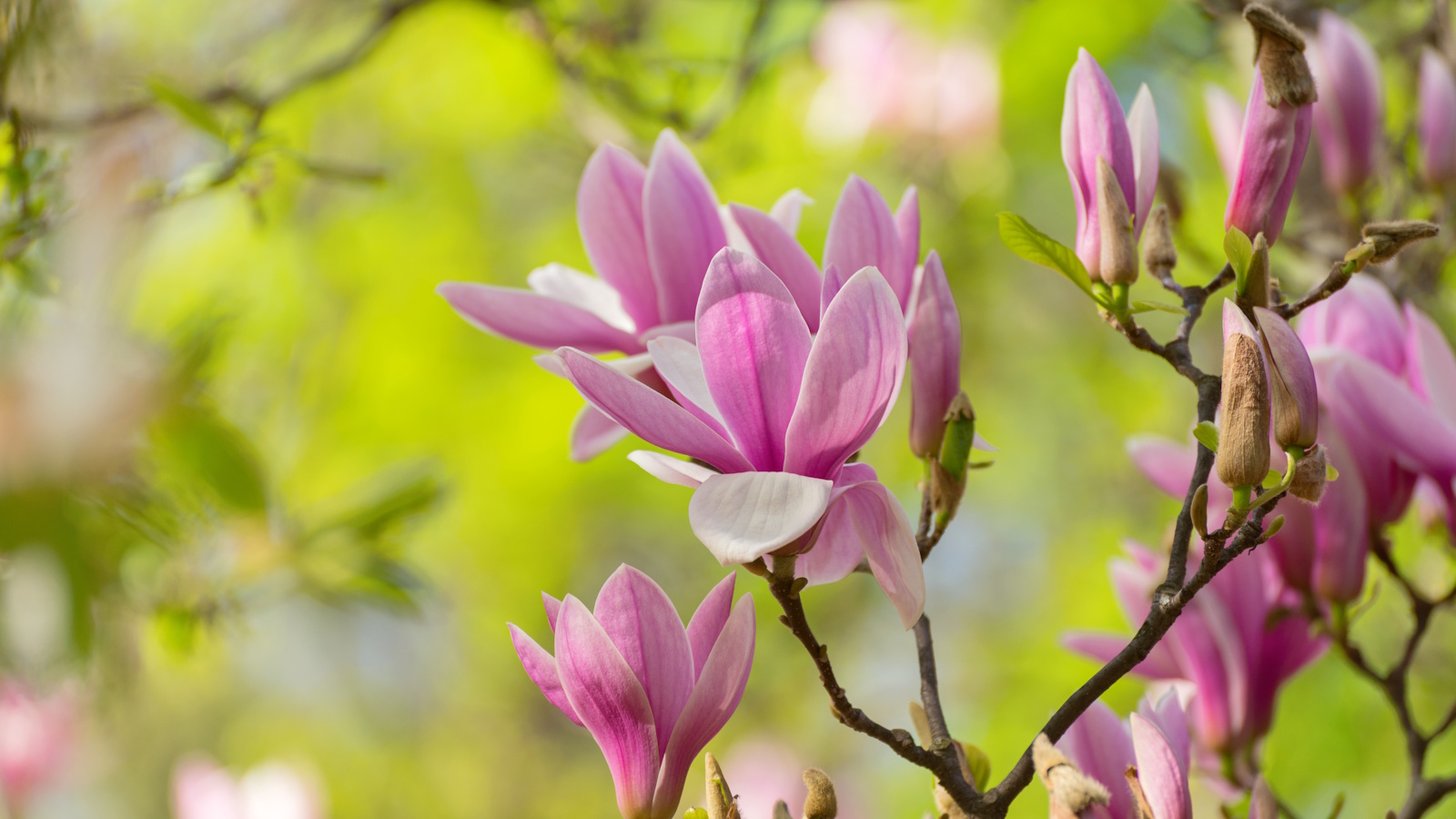 How to fertilize magnolias – garden experts reveal the secrets to better blooming, and timing is critical
How to fertilize magnolias – garden experts reveal the secrets to better blooming, and timing is criticalMagnolias are famed for their spring flowers, and feeding at the right time can give trees a boost
By Thomas Rutter Published
-
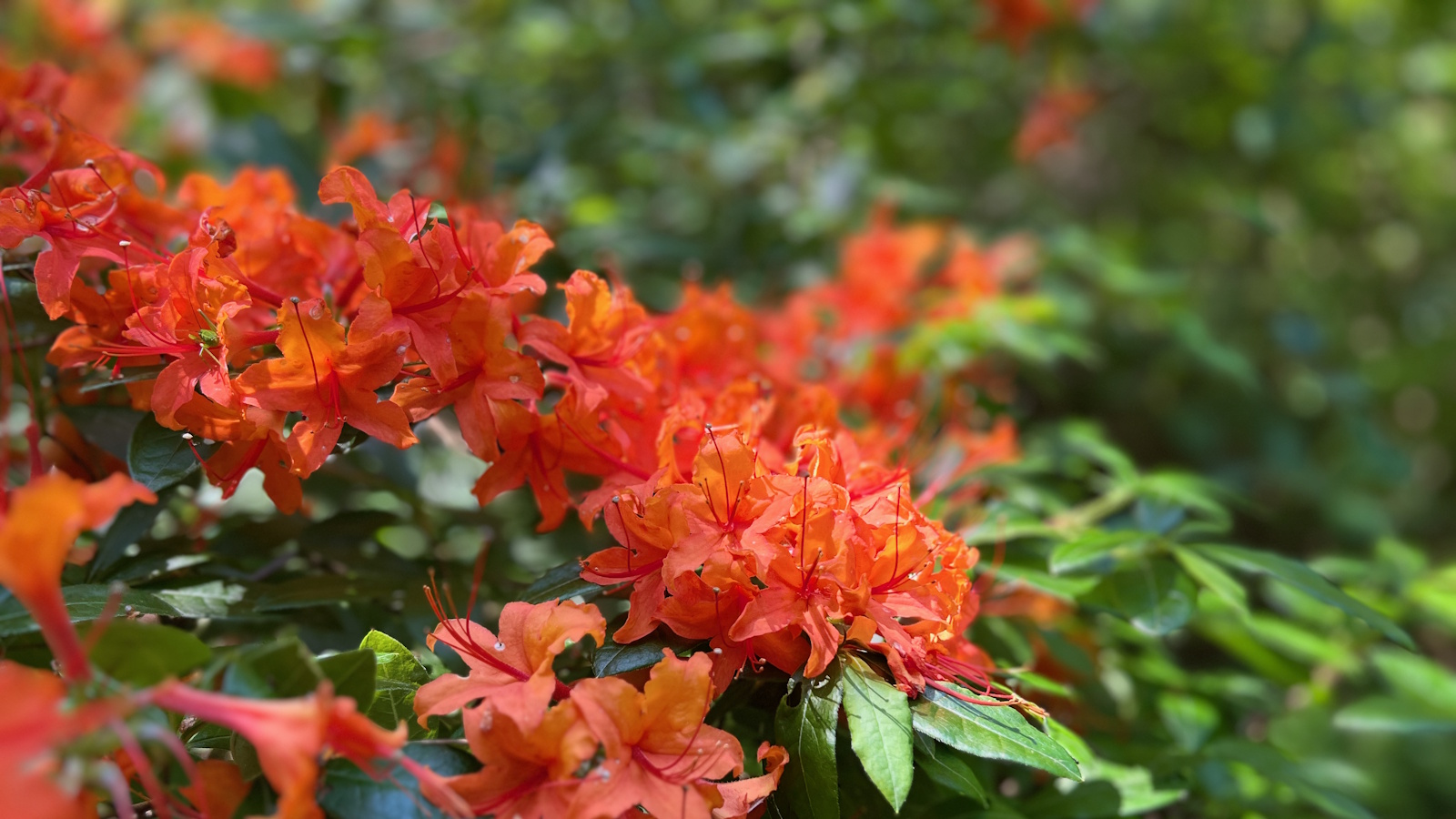 How to revive old rhododendron plants – pruning advice from a professional gardener to save your struggling shrubs
How to revive old rhododendron plants – pruning advice from a professional gardener to save your struggling shrubsWith the right pruning approach, you can rejuvenate old and woody rhododendrons
By Thomas Rutter Published
-
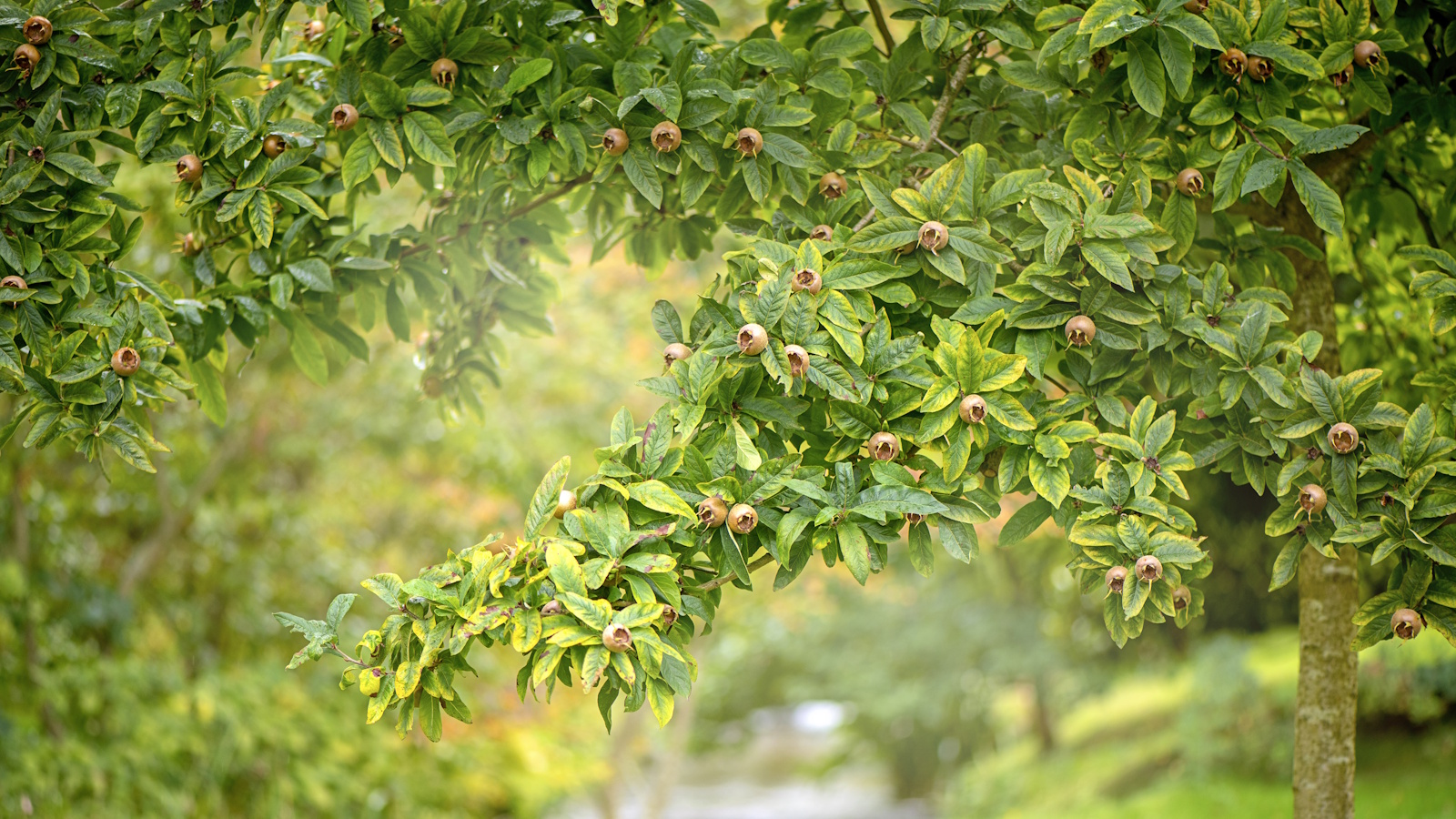 How to grow medlar trees – to enjoy a harvest of unusual fruits from this forgotten heritage species
How to grow medlar trees – to enjoy a harvest of unusual fruits from this forgotten heritage speciesMedlar fruits were once a popular delicacy, yet today, they are a rare find
By Thomas Rutter Published
